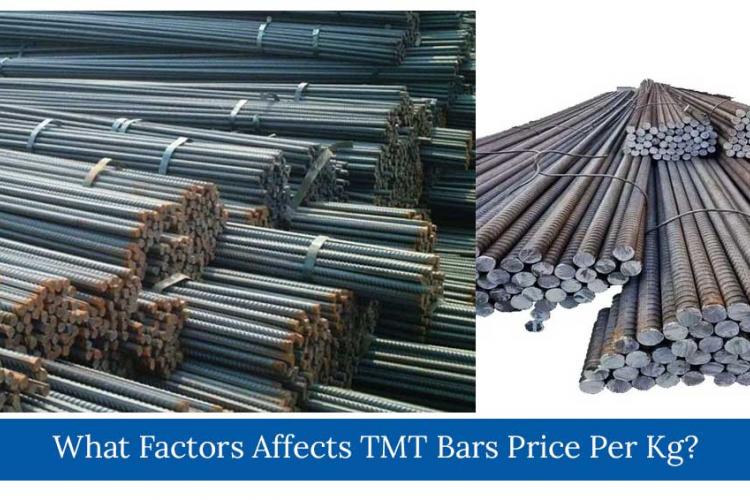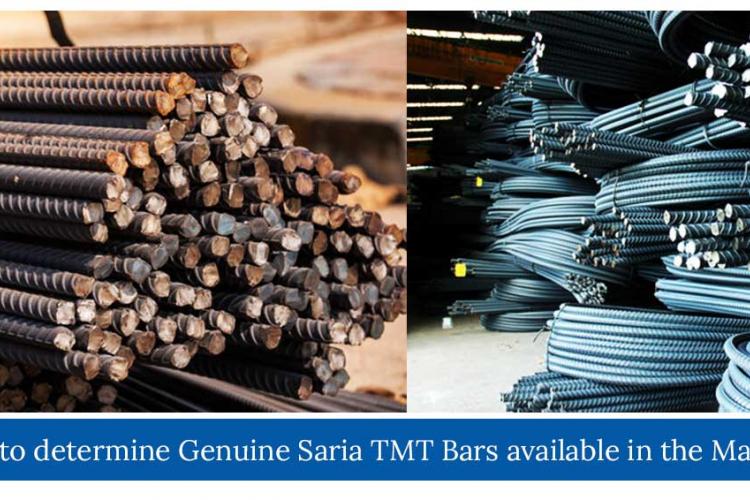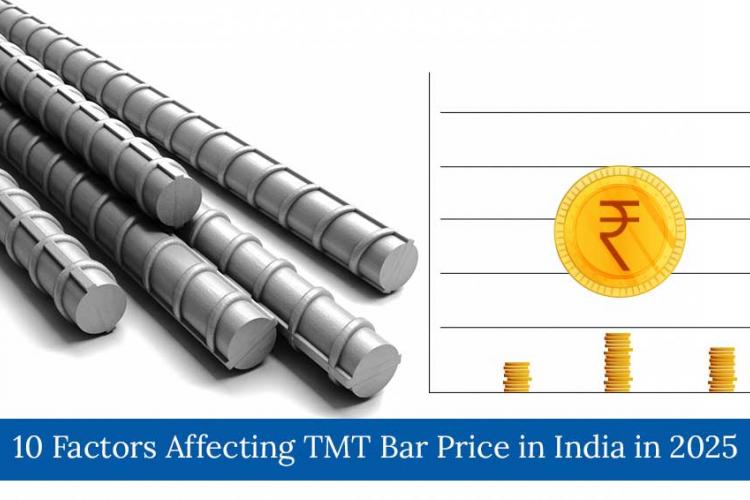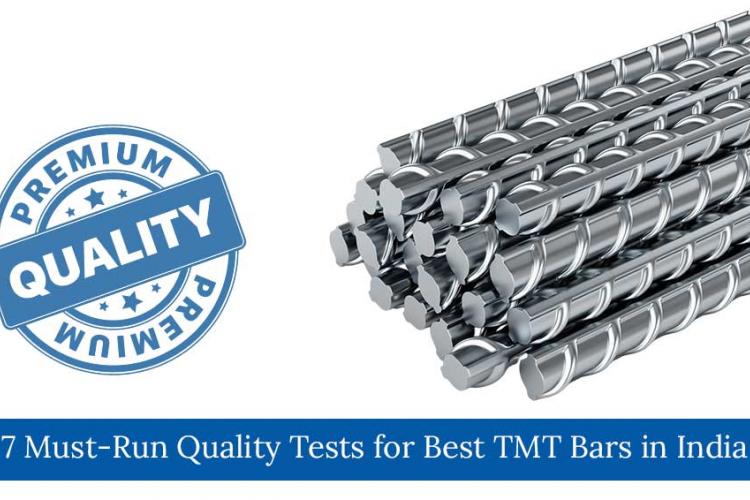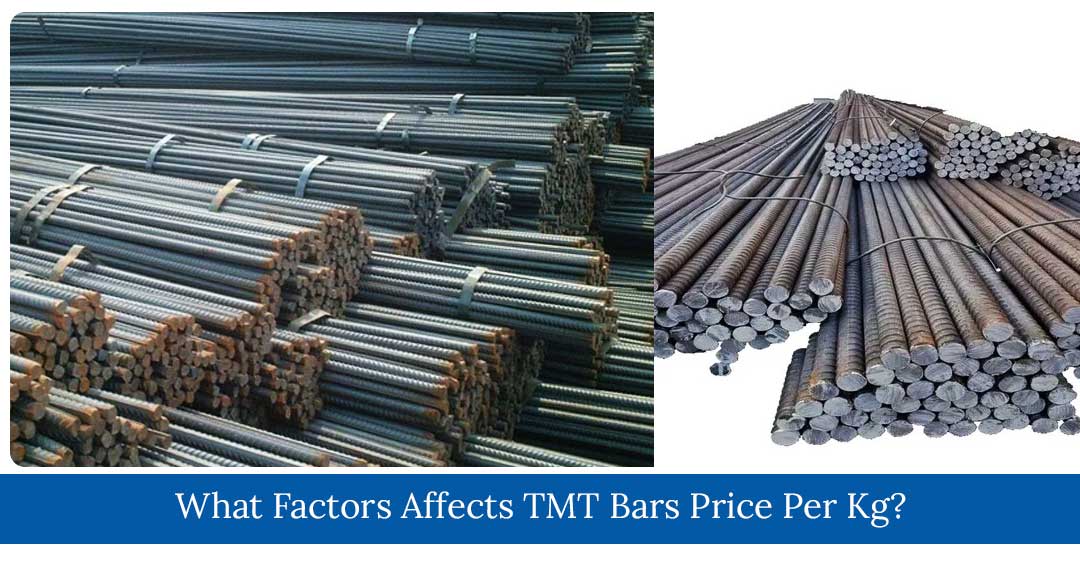
What Factors Affects TMT Bars Price Per Kg?
In building work, the right material selection is a requirement to provide safety as well as long-lastingness. Among the most essential materials that are utilized in building work are TMT bars (Thermo-Mechanically Treated bars), which possess good strength as well as elasticity.
But one of the biggest problems for constructors is knowing the cost per kg of TMT bars and how the cost varies over time. Knowing the factors that affect cost per kg of TMT bars can enable constructors to make proper decisions and be in a position to manage project costs appropriately.
Major Problems Every Constructor Needs to Know that can affect the cost per kg of TMT bars:
1. Technological advances
The use of new and sophisticated technologies in the process of TMT bar manufacturing has the potential to affect their price. New manufacturing processes are more efficient, better quality, and more mechanized, hence likely to be more costly.
2. Energy Costs
Energy is an important factor in the manufacturing of TMT bars, particularly in melting and cooling. Variations in energy prices, particularly electricity and fuel prices, can lead to variations in the price of TMT bars per unit of kg.
3. Import and Export Conditions
Global trade patterns, including import/export limitations or steel tariffs, can influence raw material supply and price, hence the price of TMT steel bar.
4. Climate and Seasonal Conditions
Severe weather patterns, such as storms or floods, may affect production and supply chains and cause supply shortages. This may hike the price of TMT bars today due to shortage.
5. Competition in the Market
Competition between the suppliers and the manufacturers also fixes the prices of the TMT bars. Greater competition will lower prices, but monopoly power or reduced options may hike the price of TMT bars per kg.
All these play a crucial part in determining the price of TMT bars, and building contractors need to be sensitive to market trends so that they can make informed purchasing decisions.
6. Government Policies and Taxes
Government policies and tax like GST (Goods and Services Tax) and import duty can also influence the TMT steel bar price. For instance, rising import duty on raw material or a shift in GST slabs can lead to TMT steel bar price going up. Builders have to remain careful as far as government policy change is concerned and how that can influence the cost of a TMT steel bar.
7. Brand Reputation and Certification
Established brands with reputations for supplying quality TMT bars will be able to demand a higher price since they are more reliable and trustworthy. Industry-standard certified brands will be charged more since they offer consistent quality, increased strength, and enduring performance. Contractors have to weigh the advantages of paying a slightly higher price for TMT steel against the guarantee of quality.
Conclusion
It is important for builders with an aim to reduce their material cost without sacrificing the quality to know the factors that influence TMT bars price per kg. The present price list of TMT bars depends on raw material costs, demand, production methods, and policy. Monitoring these factors and periodically monitoring the TMT steel bar price, builders are able to make sound buying decisions according to their budget and building needs. Always opt for quality TMT bars that provide strength, durability, and value for long term to your buildings.


